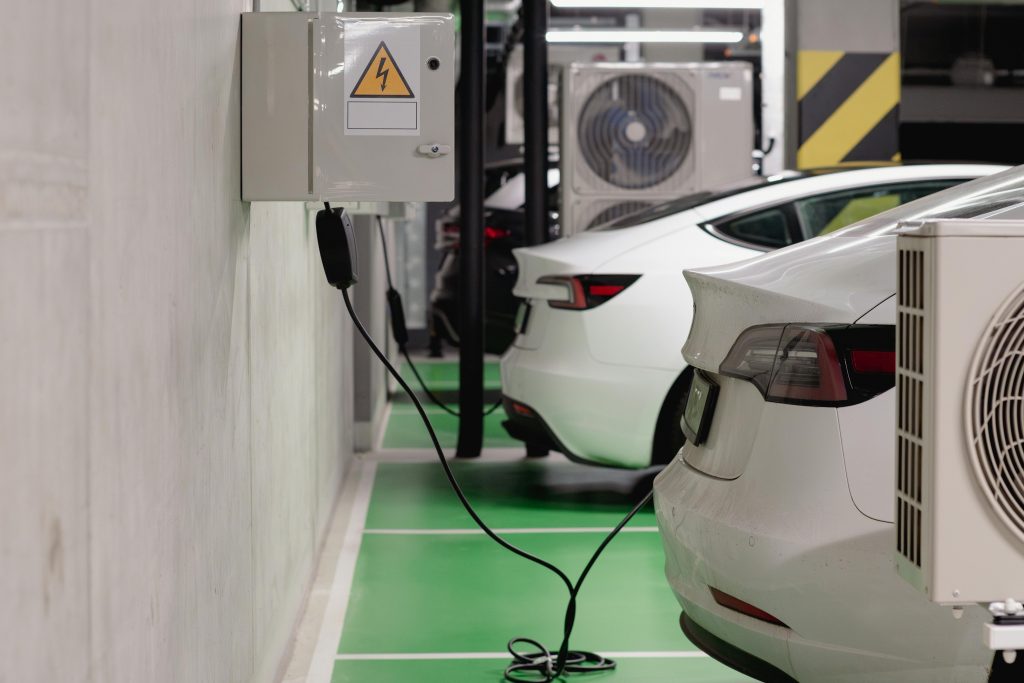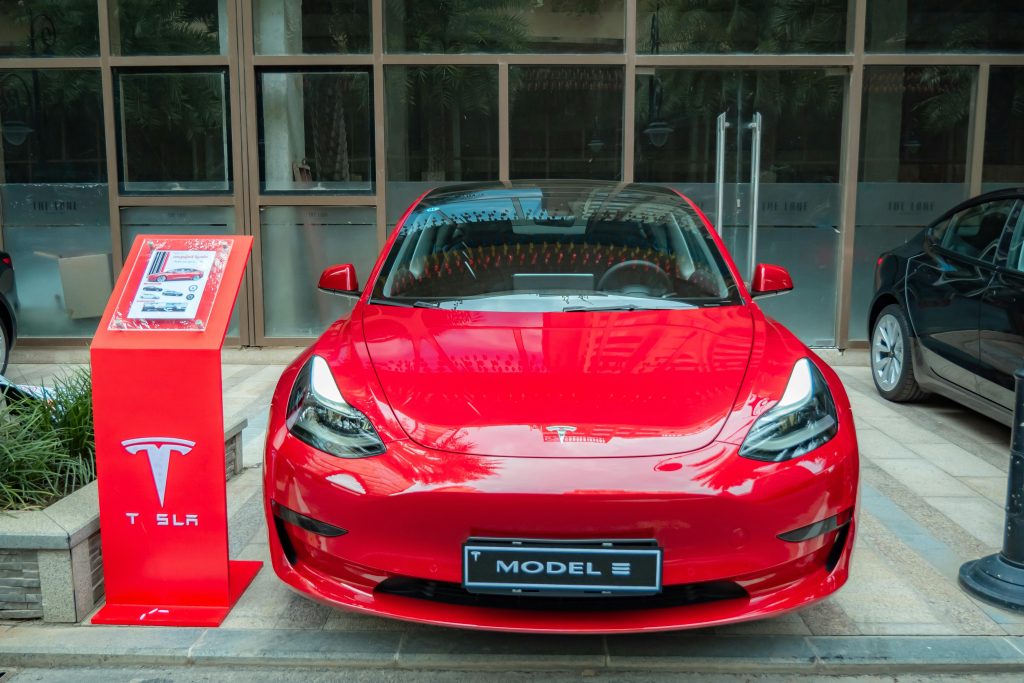
U.S. Electric Vehicle Charging Station Guide: How to Plan for Long-Distance Travel
As electric vehicles (EVs) become more popular, long-distance road trips in an EV are now more feasible than ever. However, careful planning is essential to ensure a smooth journey, as charging infrastructure varies across regions. This guide will help you navigate EV charging stations, optimize your route, and make the most of your road trip.

1. Understanding EV Charging Levels
EV charging stations come in different levels, each with varying charging speeds:
- Level 1 (120V): The slowest option, typically providing 3-5 miles of range per hour. Suitable for overnight charging at home but not ideal for road trips.
- Level 2 (240V): Found in public charging stations, workplaces, and some homes. It provides 20-30 miles of range per hour, making it useful for top-ups during breaks.
- DC Fast Charging (Level 3): The fastest public charging option, offering 60-250 miles of range in about 15-45 minutes. Ideal for long-distance travel.
2. Planning Your Charging Stops
Since EV charging stations are not as common as gas stations, pre-planning your route is essential. Here’s how to do it:
- Use Charging Station Apps: Apps like PlugShare, ChargePoint, Electrify America, and Tesla Supercharger Network help locate charging stations and provide real-time availability.
- Check Your Vehicle’s Range: Understand how far your EV can travel on a full charge and plan stops accordingly. Keep in mind that factors like speed, weather, and terrain can impact battery efficiency.
- Identify Charging Gaps: Some rural areas have fewer charging stations. Plan alternative stops and have backup options in case a station is out of service.
3. Maximizing Efficiency on the Road
To get the most out of your EV’s battery and reduce charging time, consider these tips:
- Drive at Moderate Speeds: Higher speeds drain the battery faster. Using cruise control on highways can help maintain efficiency.
- Use Regenerative Braking: Many EVs have regenerative braking systems that recover energy and extend battery life.
- Precondition Your Battery: If your EV supports battery preconditioning, use it before arriving at a fast charger to speed up charging times.
- Charge Strategically: Avoid waiting until your battery is nearly empty before charging. Plug in when the battery reaches around 20-30% to ensure you have enough range to reach the next station.
4. Charging Networks and Payment Methods
Different charging stations require different payment methods and memberships:
- Tesla Superchargers: Exclusive to Tesla owners but expanding to other brands in some locations. Payments are processed automatically through the Tesla app.
- Electrify America: A major fast-charging network with pay-per-use and membership options.
- ChargePoint & EVgo: Offer a mix of Level 2 and fast chargers, requiring an app or RFID card for access.
- Free Charging Options: Some hotels, shopping centers, and workplaces offer free EV charging. Plan overnight stays at hotels with charging stations to save time and money.

With the right planning and knowledge of charging networks, an EV road trip can be just as convenient as a traditional gas-powered journey. By mapping out charging stations, optimizing driving habits, and using the right charging networks, you can enjoy a seamless and eco-friendly long-distance adventure.







